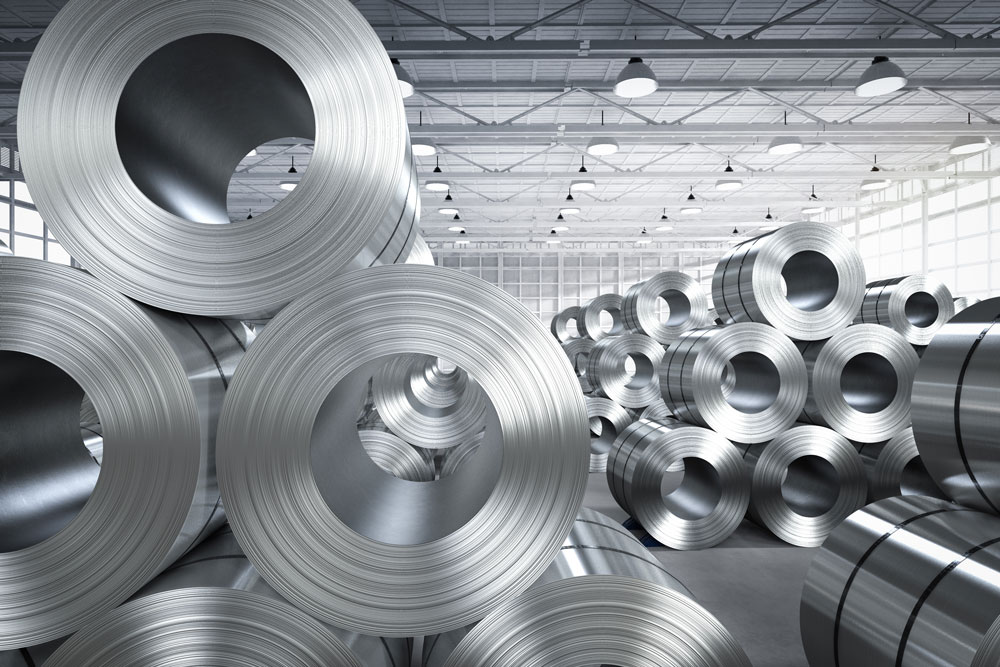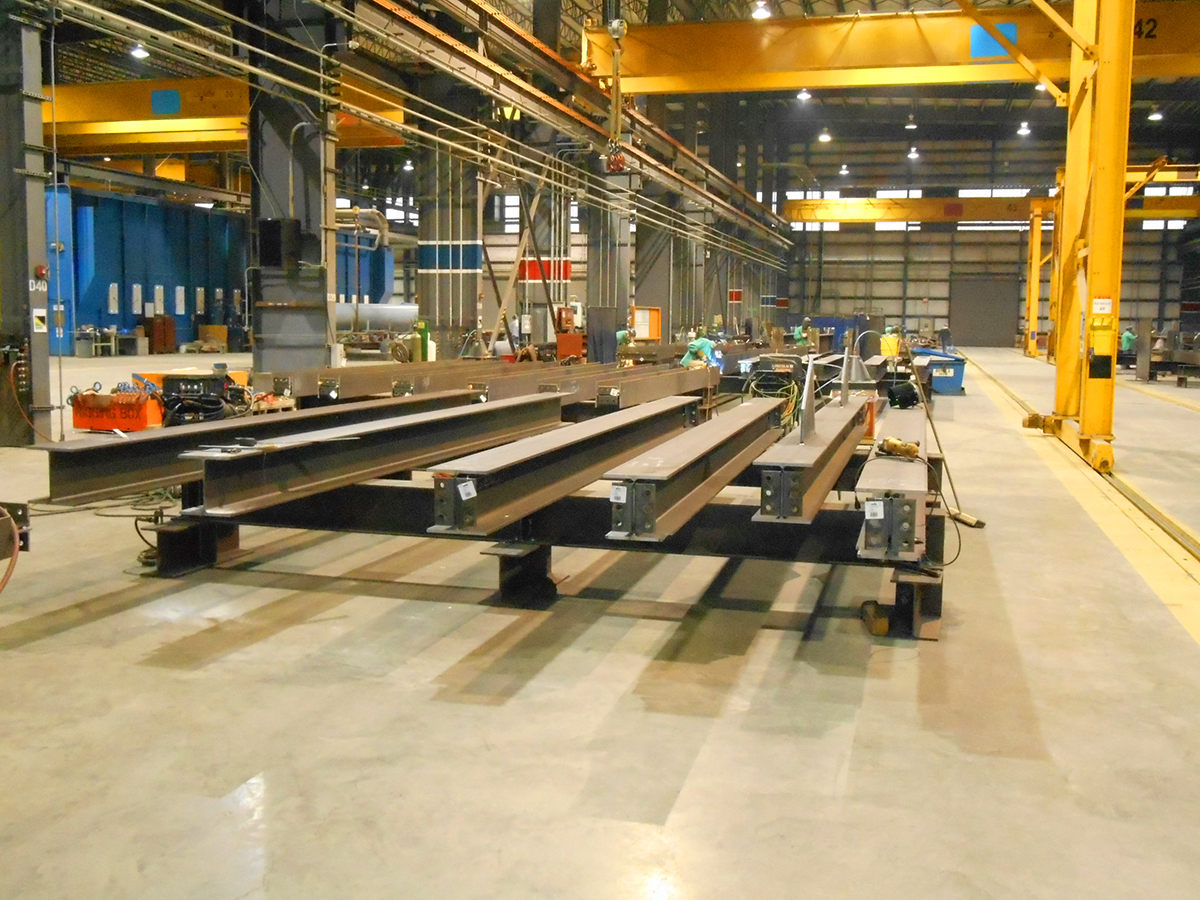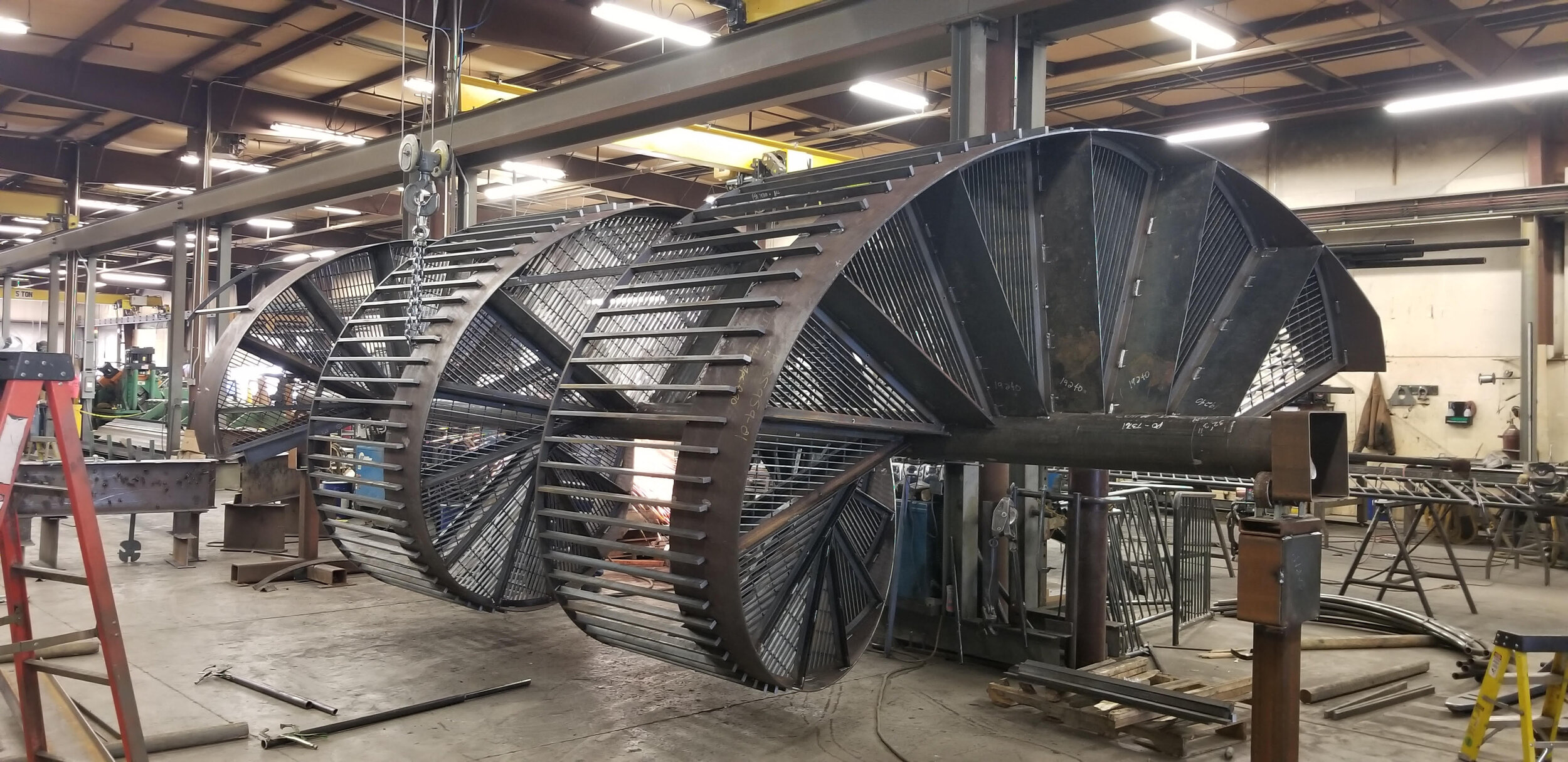Finest Steel Fabricators Melbourne: Changing Concepts into Truth
Wiki Article
Ingenious Trends in Steel Manufacture: Enhancing Durability and Accuracy
In the realm of steel construction, the quest of resilience and precision has led to a wave of innovative patterns that are reshaping the industry. These trends are not simply forming the present however also laying the groundwork for the future of steel construction, guaranteeing additional improvements in sturdiness and precision.Advanced Welding Technologies
In the world of steel construction, the adoption of innovative welding innovations has substantially revolutionized the industry's method to achieving remarkable high quality and precision in architectural welds. Advanced welding innovations, such as laser beam of light welding and rubbing stir welding, have arised as game-changers in the field. By leveraging these advanced welding strategies, steel makers can boost the toughness, strength, and precision of their architectural welds, fulfilling the progressively demanding requirements of modern-day building projects.Robotic Automation in Manufacture
Welcoming robotic automation has actually ended up being a foundation of modern steel manufacture practices, streamlining processes and enhancing effectiveness across the industry. Robots are transforming the means steel elements are made, providing unrivaled precision and rate while minimizing human error. These automated systems can handle recurring tasks with consistent precision, leading to greater top quality final result.One secret advantage of robotic automation in steel construction is the capability to work all the time without fatigue, substantially boosting production output. This constant operation decreases downtime and speeds up task timelines, eventually conserving costs for suppliers. In addition, robots can be programmed to carry out detailed tasks that may be difficult or unsafe for human employees, enhancing safety in the work environment.
Additionally, robotic automation makes it possible for seamless assimilation with various other electronic modern technologies, such as computer-aided layout (CAD) software program and Web of Things (IoT) systems (steel fixing). This interconnected strategy enhances communication between different phases of construction, optimizing operations and making sure real-time tracking and control. As the steel construction industry remains to evolve, robot automation sticks out as a transformative pressure driving effectiveness and accuracy in producing processes

High-Strength Alloy Advancement
The innovation of high-strength alloy development in steel manufacture is reshaping the industry's method to enhancing product resilience and performance. High-strength alloys are engineered to exhibit superior mechanical buildings, such as enhanced tensile strength, toughness, and deterioration resistance compared to standard steel grades. By incorporating these sophisticated alloys into manufacture processes, makers can create components that hold up against greater stress levels and rough environments, bring about more dependable and durable final product.One key benefit of high-strength alloy advancement is the capacity to reduce product density without jeopardizing structural honesty. This not only leads to lighter-weight components yet also adds to cost savings and improved effectiveness in manufacture and assembly procedures. Furthermore, the enhanced strength-to-weight proportion of these alloys enables for the design and building and construction of frameworks with greater load-bearing capacities while minimizing general weight.
3D Modeling and Simulation Software Application
Improvements in steel construction processes have been dramatically thrust by the integration of sophisticated 3D modeling and simulation software application devices. These tools permit producers to produce detailed virtual versions of their projects, allowing them to visualize the end product with precision before any physical work starts. By imitating numerous anxiety aspects, environmental conditions, and structural lots, fabricators can maximize designs for boosted resilience and efficiency. In addition, 3D modeling and simulation software program streamline the production procedure by recognizing potential problems beforehand, reducing the need for costly rework and minimizing product waste.
Lasting Practices in Steel Production
Incorporating sustainable methods into steel production processes is important for minimizing ecological influence and ensuring long-lasting resource accessibility. One crucial lasting technique is the fostering of energy-efficient modern technologies to minimize greenhouse gas discharges during the steel manufacturing process. This consists of using renewable energy resources, such as solar or wind power, to power steel plants and executing energy-efficient tools to enhance power use.One more important aspect of lasting steel manufacturing is the accountable sourcing of basic materials. This involves making sure that the iron ore and various other resources used in steelmaking are acquired from ecologically friendly and moral resources. By advertising openness in the supply chain and adhering to stringent environmental standards, steel producers can decrease the unfavorable effects of source removal on neighborhood ecosystems and areas.

Conclusion
In final thought, the cutting-edge trends in steel manufacture such as advanced welding technologies, robot automation, high-strength alloy growth, 3D modeling and simulation software program, and sustainable practices are boosting the longevity and accuracy of steel items. These developments are changing the steel manufacture market by enhancing top quality, effectiveness, and sustainability. It is clear that the future of steel manufacture hinges on accepting these innovative modern technologies to satisfy the demands of contemporary building and manufacturing sectors.In the world of steel construction, the quest of durability and accuracy has led to a wave of ingenious fads that are improving the sector.In the realm of steel manufacture, the adoption of advanced welding technologies has actually considerably reinvented the sector's approach to accomplishing premium top quality and accuracy in structural welds. As the steel construction sector proceeds to evolve, robotic automation stands out as a transformative pressure driving efficiency and accuracy in manufacturing procedures.
Additionally, reusing and reusing steel scrap and waste products play a significant function in improving the sustainability of steel production. Alpha reo.In final thought, the ingenious trends in steel construction such as advanced welding technologies, robot automation, high-strength alloy growth, 3D modeling and simulation software program, and sustainable techniques are improving the toughness and accuracy of steel items
Report this wiki page